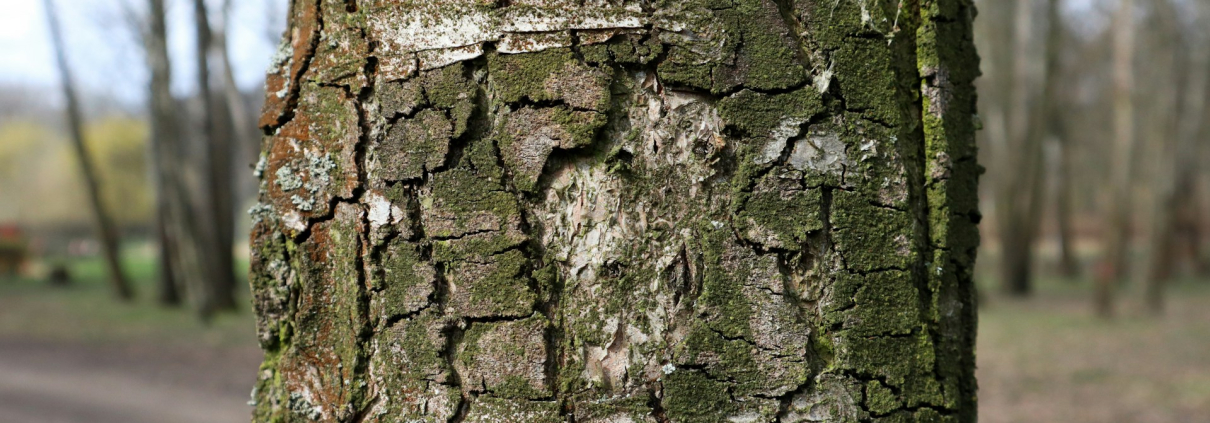Common Tree Diseases and How to Handle Them
Trees enhance our environments by providing shade, beauty and habitat for wildlife. However, just like us, trees can get sick. Recognising tree diseases and knowing how to manage them is essential to keep your trees flourishing.
Many diseases affect trees, ranging from fungal infections to pests. These ailments can significantly impact a tree’s health, causing distress if not addressed promptly. Spotting early signs is crucial as it allows for timely treatment and recovery, assisting in maintaining the well-being of your garden.
By understanding common tree diseases, you equip yourself with the knowledge to protect your leafy friends. With the right care and prevention techniques, trees can live long and healthy lives, continuing to bring joy to your surroundings.
Identifying the Most Common Tree Diseases
Trees face various diseases that can affect their health and appearance. Identifying these common ailments helps in taking early action to save your trees from damage. Some of the most prevalent diseases include:
- Powdery Mildew: This fungus appears as white, dusty spots on leaves and stems. It thrives in humid conditions and can spread quickly if left unchecked.
- Dutch Elm Disease: Caused by a fungus spread by bark beetles, this disease primarily affects elm trees. Symptoms include wilting leaves and browning branches.
- Apple Scab: This fungal disease causes black or grey scabby spots on leaves and fruit, mainly attacking apple trees and crabapples.
- Root Rot: Often due to overwatering or poor drainage, root rot can affect any tree. It leads to black, mushy roots and yellowing leaves.
- Canker Diseases: Various fungi cause cankers, which look like sunken or discoloured spots on bark. Cankers can kill branches and, if severe, the entire tree.
Understanding these diseases aids in recognising early signs and taking appropriate steps to manage them before they worsen.
Signs and Symptoms to Watch For
Keeping an eye on your trees’ health requires noticing certain signs that might indicate disease. Prompt identification of symptoms allows you to act quickly.
- Discoloured Leaves: Yellow, brown, or spotted leaves suggest possible fungal or bacterial infections. Healthy leaves should maintain a vibrant green colour.
- Unusual Growths or Spots: Galls, lumps, or spots on leaves and branches can signal various diseases. These abnormalities often indicate the presence of pests or fungal issues.
- Wilting or Curling Leaves: Leaves that wilt or curl might indicate water stress or root issues. Such symptoms often occur despite adequate watering.
- Cracked or Peeling Bark: Peeling or cracking bark reveals underlying problems like cankers or pest infestations. It’s not always normal, so it’s good to inspect the affected area closely.
- Dieback of Branches: If branches suddenly die back or are barren while others are lush, it’s a sign of disease. Look out for any surrounding areas with similar symptoms for wider infections.
Recognising these symptoms is half the battle. Early detection can spare trees from extensive damage, helping to maintain a healthy landscape.
Promoting Tree Health and Longevity
Proper tree care is vital for promoting the health and longevity of your trees. Trees that receive adequate care will thrive, providing maximum benefits and standing strong for decades. One of the key aspects of maintaining tree health is regular pruning. Pruning helps remove dead branches, which can sap energy from the tree and reduce its ability to grow.
Healthy trees also require proper watering and fertilisation. Different trees have varying water needs, depending on their species and size. Ensuring that your trees receive the right amount of water helps them grow robust and resistant to diseases. Fertilisation provides essential nutrients that trees might lack, especially in urban settings where natural decomposition is limited.
Mulching is another effective technique to retain soil moisture and temperature. It also reduces weed competition and provides additional nutrients as it breaks down. Regular inspections help spot potential problems early, allowing for prompt treatment and reducing the risk of disease.
By prioritising tree care, homeowners can enjoy the benefits of a vibrant, green environment. Healthy trees are less prone to pests and diseases, ensuring they remain a vital part of your landscape for years to come.
Environmental Benefits of Well-Maintained Trees
Well-maintained trees offer significant environmental benefits, making proper tree care important not just for your home but for the planet. Trees play a crucial role in air purification by absorbing pollutants and producing oxygen. Maintaining healthy trees enhances these natural processes, contributing to cleaner and fresher air around your home.
Trees also help manage water runoff. Their roots absorb rainwater, reducing the risk of flooding and erosion. A well-cared-for tree promotes healthier soil, which benefits both your garden and the surrounding community.
Furthermore, trees offer shade, which helps reduce energy consumption. Well-placed, healthy trees can lower temperatures around your home, decreasing the need for air conditioning in summer months.
Trees provide habitats for birds and other wildlife. Healthy trees attract a variety of species, supporting biodiversity and creating a balanced ecosystem. Proper care that includes keeping the tree free from diseases and pests benefits these natural inhabitants, ensuring trees remain a hub of activity and life.
In essence, investing in tree maintenance is a positive step towards fostering a healthy and sustainable environment. By maintaining your trees, you play an active role in enhancing the quality of life for everyone who visits or lives in your neighbourhood.
Conclusion
Proper tree care is essential for maintaining the beauty and safety of your home. Well-maintained trees significantly impact your overall landscape by enhancing curb appeal and boosting property value.
Prioritising tree health prevents hazards and extends the lifespan of your leafy companions, ensuring they continue to thrive and beautify your surroundings. Additionally, the environmental benefits provided by healthy trees contribute to sustaining our planet, demonstrating the far-reaching effects of meticulous tree care.
If you’re ready to take the next steps in caring for your trees, let the experts at TPS Tree Services assist you. With our dedication and expertise, we tailor our tree services in Brisbane to meet the unique needs of your landscape, ensuring your trees are healthy and safe year-round. Whether you require pruning, land clearing, or comprehensive tree management, TPS Tree Services is here to help you achieve a beautiful and harmonious garden environment. Contact us today!




